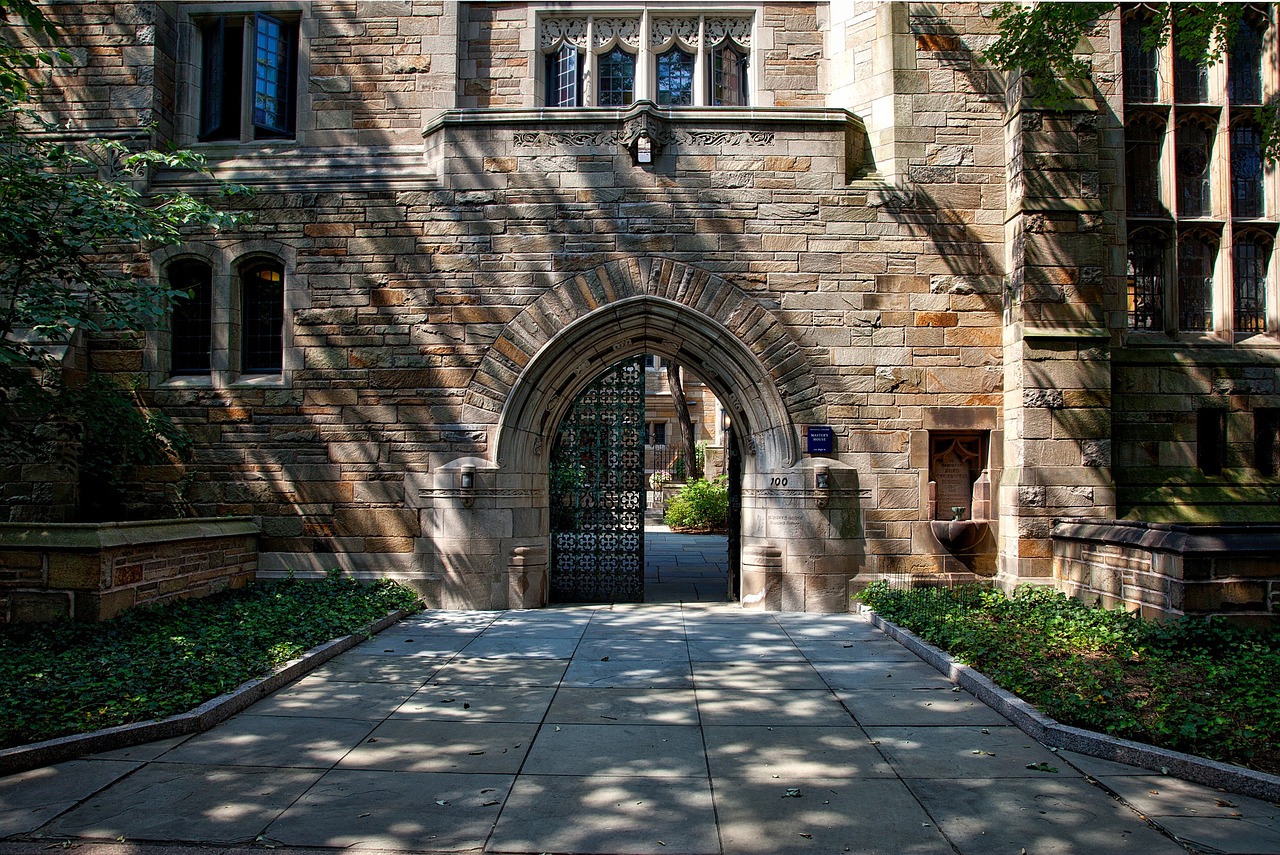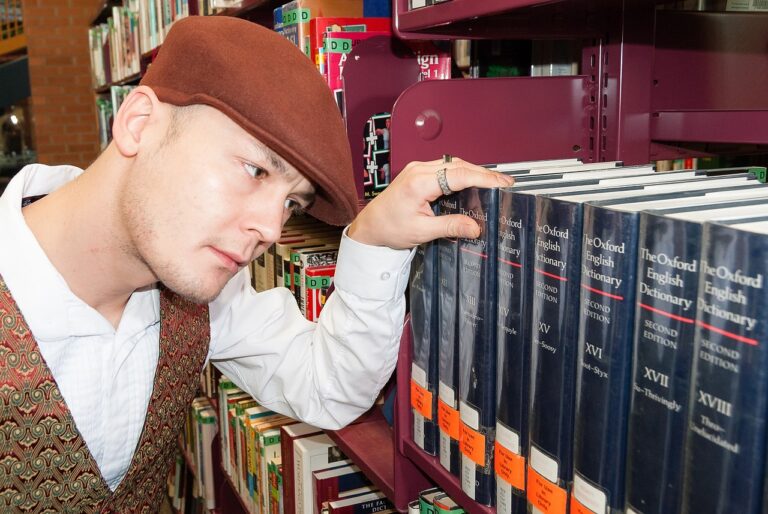Integrating Indigenous Perspectives into Education
Indigenous perspectives in education are crucial for fostering a more inclusive and diverse learning environment. By integrating Indigenous knowledge and teachings into the curriculum, students are provided with a more holistic understanding of the world around them. This allows for a more comprehensive education that acknowledges the rich history and cultural contributions of Indigenous peoples.
Furthermore, incorporating Indigenous perspectives in education helps to break down misconceptions and stereotypes that have been perpetuated throughout history. By learning about the experiences and traditions of Indigenous communities, students are better equipped to challenge biased narratives and develop a deeper sense of empathy and understanding towards different cultures. This creates an educational environment that celebrates diversity and promotes unity among all students.
Understanding the Historical Context of Indigenous Education
Indigenous education has a deeply rooted history that predates colonial influence. Traditional educational practices within Indigenous communities were grounded in holistic approaches that encompassed spiritual beliefs, cultural knowledge, and practical skills. These teachings were passed down through generations orally and through experiential learning, emphasizing interconnectedness with the land and community.
The arrival of colonizers brought significant changes to Indigenous education, as European ideologies and structures were imposed onto Indigenous communities. Mission schools and residential schools aimed to assimilate Indigenous children into Eurocentric ways of learning, often leading to the suppression of Indigenous languages, cultures, and traditions. The traumatic legacy of these institutions continues to impact Indigenous communities today, highlighting the importance of understanding the historical context of Indigenous education in shaping present-day challenges and opportunities.
• Indigenous education has a deeply rooted history that predates colonial influence
• Traditional educational practices within Indigenous communities were grounded in holistic approaches
• Teachings were passed down through generations orally and through experiential learning, emphasizing interconnectedness with the land and community
• The arrival of colonizers brought significant changes to Indigenous education
• Mission schools and residential schools aimed to assimilate Indigenous children into Eurocentric ways of learning
• The traumatic legacy of these institutions continues to impact Indigenous communities today
Challenges Faced in Incorporating Indigenous Perspectives
Incorporating Indigenous perspectives into education systems has been met with various challenges. One significant obstacle is the lack of understanding among educators about the historical context of Indigenous education. Without a deep appreciation of this history, it can be difficult to effectively integrate Indigenous perspectives into the curriculum. Additionally, there is often resistance from institutional structures that prioritize Eurocentric perspectives, making it challenging to implement changes that reflect the diversity of Indigenous cultures and knowledge systems.
Another challenge is the lack of resources and support for educators looking to incorporate Indigenous perspectives. This includes inadequate training and professional development opportunities focused on Indigenous education, as well as limited access to culturally relevant teaching materials. Without these essential resources, educators may struggle to authentically incorporate Indigenous perspectives into their teaching practices, perpetuating the marginalization of Indigenous knowledge within educational settings.
Why is it important to incorporate Indigenous perspectives in education?
Incorporating Indigenous perspectives in education helps to provide a more comprehensive and accurate portrayal of history, culture, and experiences. It also promotes diversity, inclusivity, and respect for different worldviews.
What is the historical context of Indigenous education?
Historically, Indigenous education has been disrupted and undermined by colonialism, assimilation policies, and systemic discrimination. This has resulted in limited access to education, loss of language and culture, and intergenerational trauma.
What are some of the challenges faced in incorporating Indigenous perspectives?
Some challenges include resistance to change, lack of resources and support, cultural insensitivity, and a Eurocentric curriculum that marginalizes Indigenous knowledge. There may also be issues of power dynamics and unequal representation in decision-making processes.







